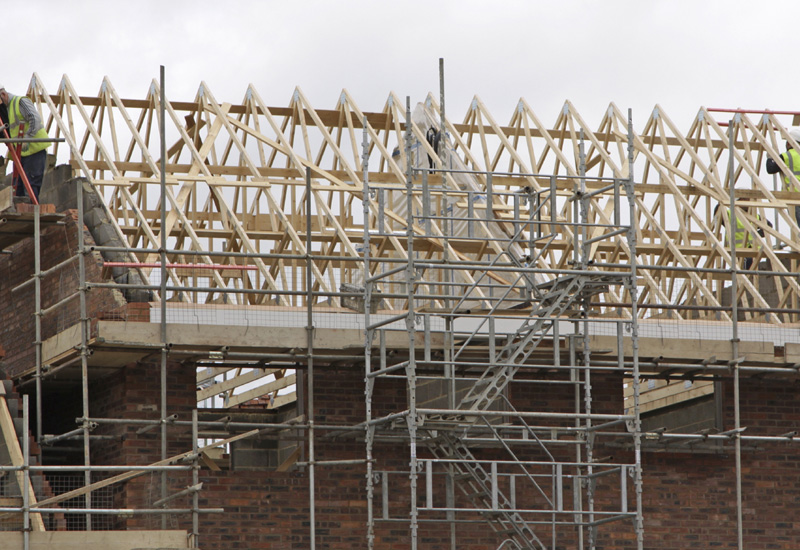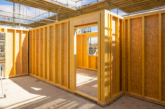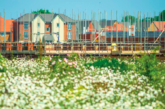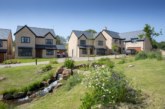
A new report reveals that the North East of England and London are the new build hotspots of the UK.
The report from Hometrack shows that the highest concentration of new build starts as a proportion of housing sales is in the North East (15%) followed by London (14.3%). The East Midlands comes in thrid at 13.9%. The London borough of Newham has the highest concentration, where there are more new homes started in the last year than sold in the entire borough in the previous year. This constitutes a new build concentration of 104%.
Alex Rose, Managing Director of Data and Analytics at Hometrack says: “These figures show how the delivery of new housing is not evenly distributed across the country as developers balance the relative strength of local housing markets and demand for new housing against land availability and planning constraints. The challenge for house builders is that some local markets are more new build reliant than others which will impact assumptions on sales rates and assessment of demand for housing. This is particularly important given the proposed transition from Help to Buy to Starter Homes in 2016 where there is overlap between the two schemes.”
The company’s analysis indicates:
- Data from the DCLG shows new private housing starts are up by 3.1% in the last year and by 33% over the last 3 years as builders increase output on the back of rising transactions and improved housing demand. Further specific support for new home buyers has come from Help to Buy which has been used for 27% of all housing completions in the last year.
- The regional markets with the highest concentration of new build starts as a proportion of housing sales are the North East (15%) and London (14.3%) – see figure 1.
- The above average level in the North East reflects a slow recovery in the general level of housing transactions in the North East with builders using Help-to-Buy to support new build starts hence the 15% concentration.
- London has seen a major increase in housing supply in the last 5 years and while wider the general level of housing turnover has grown so has new supply across the capital meaning private housing starts in the last year equate to 14% of all sales. The highest concentrations are in inner London where regeneration schemes have been a key source of new housing supply.
Alex Rose continues: “There are many parts of the country where new private housing starts as a proportion of sales are well below the national average. 102 local authorities have a new build concentration of less than 5%. This is down to tougher planning requirements, land availability and the strength of the local housing market resulting in below average levels of new housing starts.”
He concludes: “What’s crucial is that those developing homes and buying land understand the competitive landscape and the impact it has on prices and sales rates, something that is equally important for planners assessing the viability of new housing schemes. Some markets have seen more of a surge in new supply than others in recent years and a granular view on supply is key to de-risking development and making accurate and informed investment decisions.”








